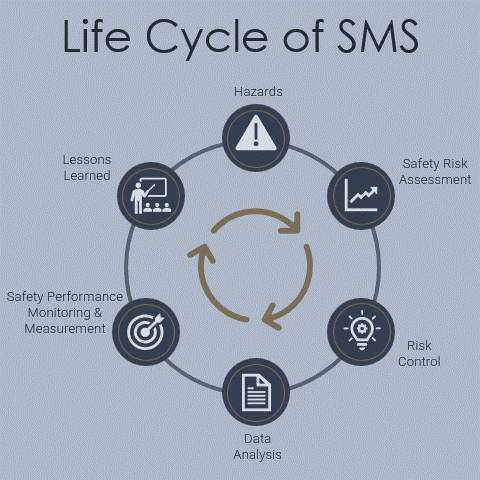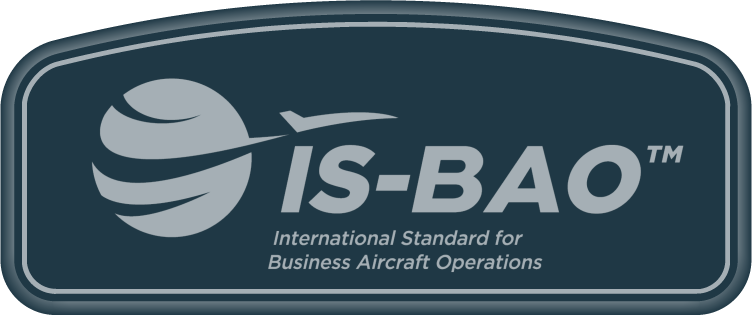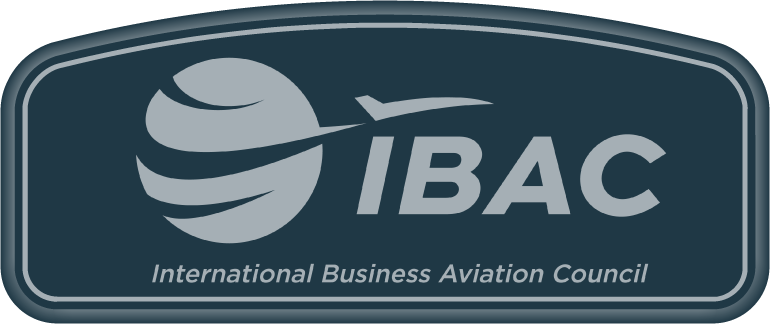Info
&
Insights
Connecting SMS for the Future
December 15, 2023

As of the current state, safety management systems (SMS) have become an integral part of aviation and various other industries. They serve as a structured approach to managing safety, encompassing policies, procedures, and practices that aim to proactively identify and mitigate risks. The implementation of SMS has significantly improved safety standards, reducing the number of accidents and incidents across industries.
However, the current state of safety management systems faces some challenges. One of the key issues is the lack of integration and connectivity among various safety-related processes and systems within an organization. Many companies have separate systems for incident reporting, risk assessments, safety training, and compliance monitoring, leading to fragmented safety data and disjointed safety efforts.
To enhance the effectiveness of safety management systems, they need to become connected and holistic. Why is this shift crucial?
Comprehensive Risk Management
A connected SMS allows organizations to identify and assess risks more comprehensively by analyzing data from multiple sources. This integrated approach provides a more accurate understanding of potential hazards and enables proactive risk management.
Real-time Monitoring
With a holistic SMS, safety-related data can be monitored in real-time. This real-time monitoring enables faster identification of safety trends and emerging risks, allowing organizations to take swift corrective actions.
Data-Driven Decision Making
Connected safety management systems facilitate data-driven decision-making. Organizations can use analytics and insights from various safety processes to make informed decisions and allocate resources more effectively.
Streamlined Reporting and Compliance
Integrating safety processes streamlines reporting and compliance requirements. A connected SMS reduces duplicate efforts, minimizes administrative burden, and ensures accurate and timely reporting.
Cultivating a Safety Culture
A holistic SMS promotes a strong safety culture throughout the organization. When safety efforts are interconnected and visible, it reinforces the importance of safety at all levels, leading to increased engagement and commitment to safety principles.
Enhanced Collaboration
Connecting safety management systems encourages collaboration among different departments and stakeholders. This collaboration fosters the sharing of best practices and lessons learned, leading to continuous improvement in safety performance.
Proactive Hazard Identification
A connected SMS facilitates the identification of hazards at an early stage. This early detection enables organizations to implement preventive measures, reducing the likelihood of incidents and accidents.
The current state of safety management systems has undoubtedly improved safety standards across various industries. However, to take safety to the next level, SMS needs to become connected and holistic. Integration and connectivity among safety processes enable comprehensive risk management, real-time monitoring, data-driven decision-making, streamlined reporting, and a strong safety culture. By embracing a more interconnected approach to safety management, organizations can effectively enhance safety performance and create safer working environments for their employees and stakeholders.
###




